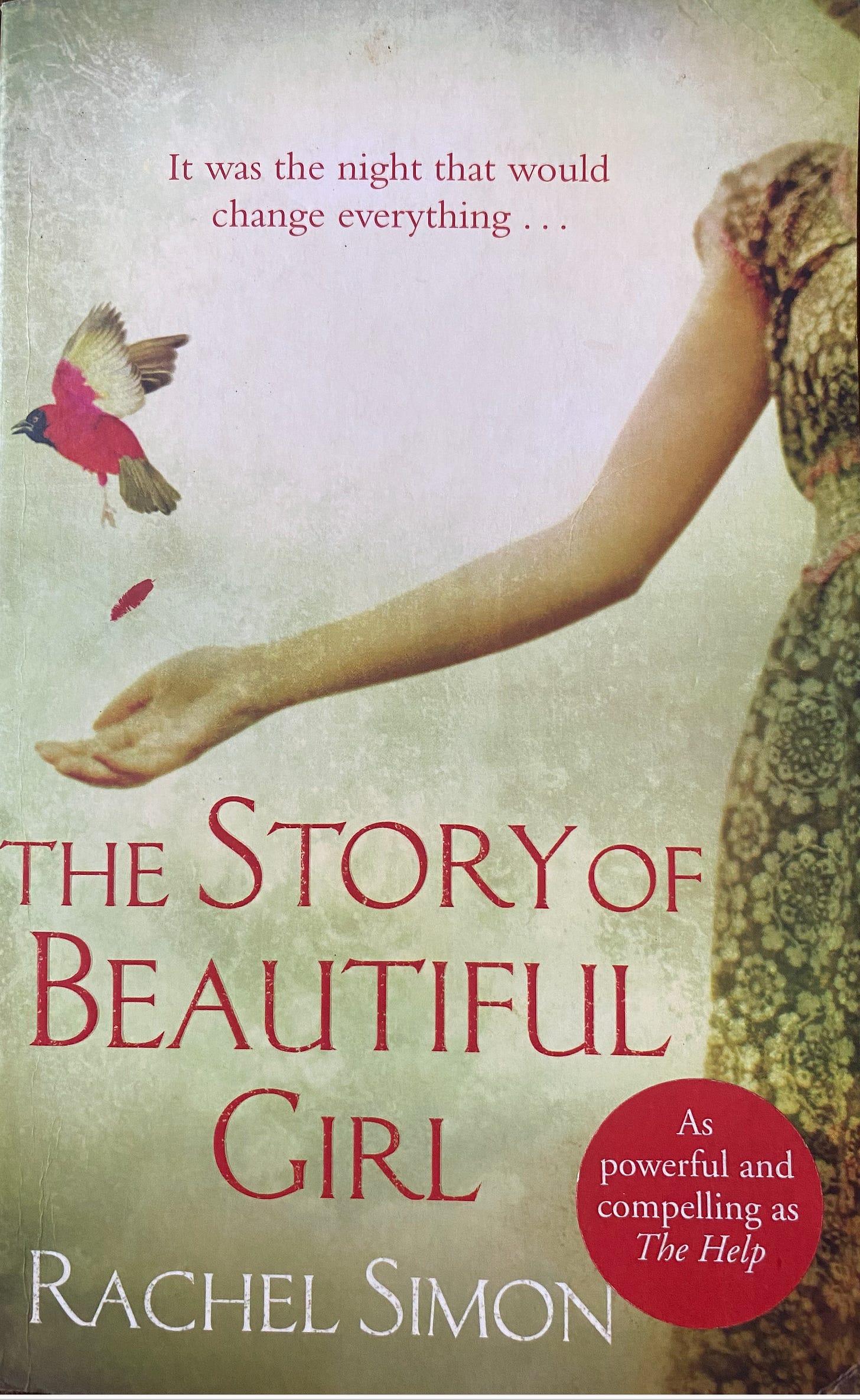A fair amount of time has elapsed since this book was published. Its message, however, remains just as convincing today. As rates for incapacity (particularly mental and developmental incapacities) rise progressively, it becomes increasingly vital to find compassionate solutions on how to support this growing demographic of people requiring special aid instead of “putting them away” in mental hospitals and facilities. This book’s dedication, namely, “For those who were put away” is enormously revealing of its plot. It was not so distant in time when incapacitated people were institutionalized and treated inhumanely in state mental hospitals and facilities.
I did not purchase this book. It was recently gifted to me and I have only just read it. Its title intrigued me despite my not being initially drawn to it. What got me interested, however, was the blurb by John Grogan (NY Times bestselling author of “Marley & Me”) on the back cover of the book, quote “A finely-crafted testament to the benevolence and brutality of our humanity. I dare you to read the first twenty pages and not keep going”. I was piqued if I could indeed fulfill his challenge and if indeed this book was riveting reading.
The story of ‘beautiful girl’ was partially based on a true story of a ‘John Doe No. 24’, who was a real institutionalized deaf and mute African-American man. Simon’s story was an expose of sorts on the ill and inhuman treatment experienced by those committed to state mental facilities and hospitals in the United States in the 1960s. It revolved around the lives of three main characters, Lynnie (a mentally-disabled white ‘beautiful girl’), Horman (‘no. 42’, a deaf and mute African-American man), and Martha, an elderly widow whose life was thrust into Lynnie’s and Horman’s lives by absolute chance. A heavily pregnant Lynnie, aided by Horman, both ‘inmates’ of a state institution aka The School for the Incurable and Feebleminded, escaped and went on a run, ending up one fateful stormy night at Martha’s home on a farm, with the authorities in hot pursuit. Lynnie was captured but Horman escaped into the forest but not before Lynnie whispered to Martha to “Hide her”, which was a reference to her newborn baby, whom Martha found hidden in her house and who she subsequently named Julia. The story rapidly developed over the next four decades, shifting back and forth between the lives of Lynnie, Horman, Martha, and Julia and how they individually coped with that fateful stormy night that set into play a chain of events of differing life experiences. It is a story of great enduring love and impossible courage to survive overwhelming odds by all the characters, and of shielding baby Julia as she blossomed into a lovely young lady. Some other notable characters included Kate, the kindly staff at the facility who often shielded Lynnie from trouble and punishment, and a smattering of ‘baddies’ from the facility known for their brutality and callous treatment of ‘patients’ or ‘inmates’ and upon which was hinged one of the main themes of this book.
Some book reviewers thought Simon’s storyline was somewhat of a fairytale. I tend to agree up to a point in the sense that the story itself was not rooted or grounded in realism with events and happenings occurring almost magically towards achieving a positive ending sometimes to the point of disbelief. An instance of this is when Martha the widow who was given Lynnie’s baby to hide, succeeded for decades without raising much suspicion and was readily aided by helpers and her former students either in kind or financially throughout the story. Further, how could Lynnie have hidden her pregnancy full term without having being discovered? Many other realistic questions also remained unanswered.
However, if the focus of the story is to pinpoint interest on the gloomy, downcast conditions prevailing at state facilities and mental hospitals during that period, readers can be asked to overlook realism concerns in order to be made aware and to have their attention pointed to the hushed up horrific treatments meted out to ‘inmates’ or ‘patients’. This story is nevertheless, still captivating and poignant in its central themes of bravery, determination, and resolve to survive, and of a sensitive love among the more fragile, stigmatized members of society. It gives voice to the marginalized and the sufferings of the ‘invisible’ people living among us who were previously simply locked up under depressing conditions as a solution to a ‘problem’. Keep them locked up and hidden. It balances the serious theme of brutality at the institutions with an engaging love story and hence draws readers into readership. On average, it is a story seldom told by other authors yet it is a story that needed to be told. Awareness brings about change for the better. Crafted by the award-winning author famous for her previous bestselling memoir “Riding The Bus with My Sister”, also a known public speaker, her book is a recommended read anytime to remind ourselves not to turn a blind eye to the plight of people with disabilities and to regard them with compassion and humaneness.




